Past, Present, and Future: How the Big Man Has Innovated in the NBA?


1.0
Default
The NBA has seen a lot of changes from its big men over the years, gone are the days where big men hounded the paint and came up with rim-wrecking dunk posters and hook shots that set the bar for bigs. Now there’s the bigs who can do it all, but how much of it has changed as the NBA evolved?
Stay tuned on the latest discussions about the NBA and the rest of the sports world here on GambleSpot! We bring you interesting sports blogs, predictions, betting guides, and many other related content that will be worth your time!
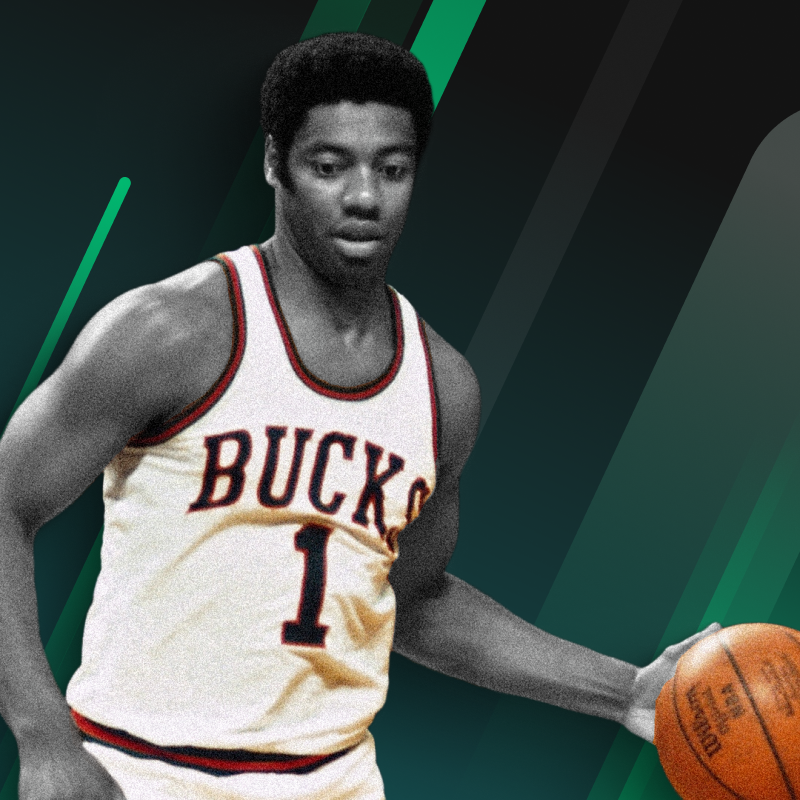
The big man is considered to be the man in the middle of a team. These players are usually the taller ones who have the necessary length to play a strong offensive role in the paint, and defend the paint on the other side of the floor. Each big man has been unique but had stereotypical archetypes based on analysis from experts. As time went by, the big man became resourceful and definitely changed the game in many different ways, which proved how the definition of a big man slowly changed and became confusing as the NBA evolved.
Drastic developments in both defense and offense have shaped the changes for big men in the NBA.
Of course, different team playstyles meant that there would be a shift on how coaches utilized the big men they have in the roster. By average, the game changes about every 10 to 15 years. It is even safe to say that the game is becoming more homogeneous, and there’s less and less differences when it comes to the style of play between the big men all the way to the guards and forwards.
So far, based on my analysis, I can say that there are at least a total of six big man archetypes that have emerged over the years. These archetypes have been influenced by the changes in the game around them, whether it was on the defensive end or in the offense, it has allowed big men to add specific skills to their games, and some have even forced big men to adapt and change their game.
Here’s how the big man evolved throughout the years.
If you still know the term “feed the post”, then I think you’re probably too old of a fan of the NBA. This was a line that used to be the focal point of many offensive sets for almost any team in the league back in the ‘80s. From the likes of Hakeem Olajuwon, Shaquille O’Neal, and Wilt Chamberlain, these were the big men who set the standard for dominating the paint, scoring at will with their huge frames and just imposing their will without hassle. It was a time when you had the ball to your big man to win the game, you already know it was going in. Their strength was emphasized as a major asset to score the ball, and this was considered the golden era of NBA big men.

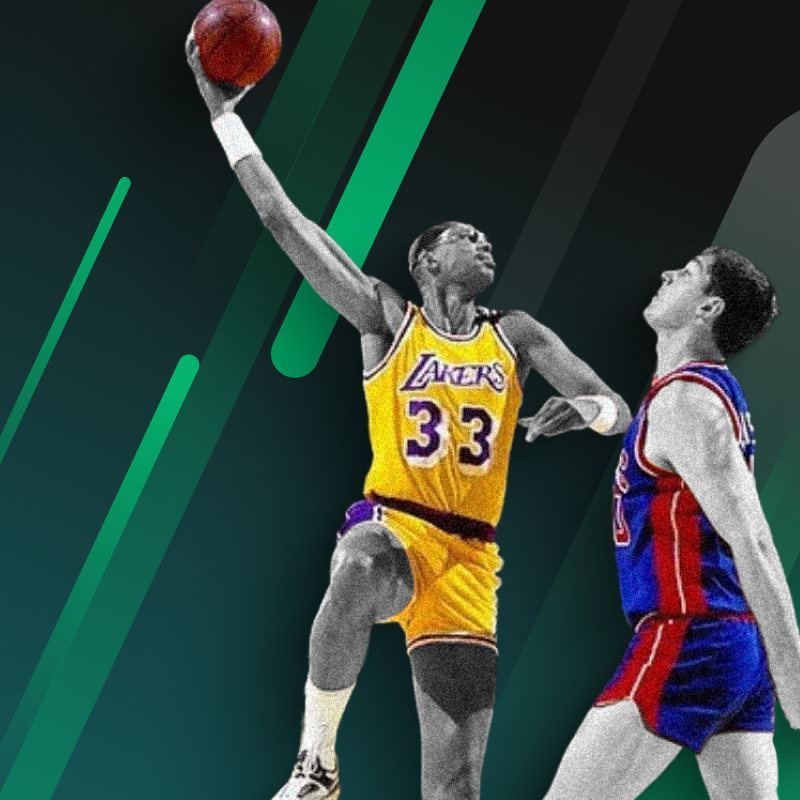
That time, shooting wasn’t a huge requirement for big men in the NBA, and if you’re tall enough and have a huge frame, then you should just need to learn to make some hook shots and practice your way around the paint by posting up in the paint. It was a time when backing down in the post was quite a marvel – including Kareem Abdul-Jabbar’s iconic skyhook. No one can deny that it was a golden age for big men who wanted to be in the NBA in the first place – imagine Chamberlain scoring 100 points without the three-point line. You would even say that it is impossible in the modern era of the NBA.
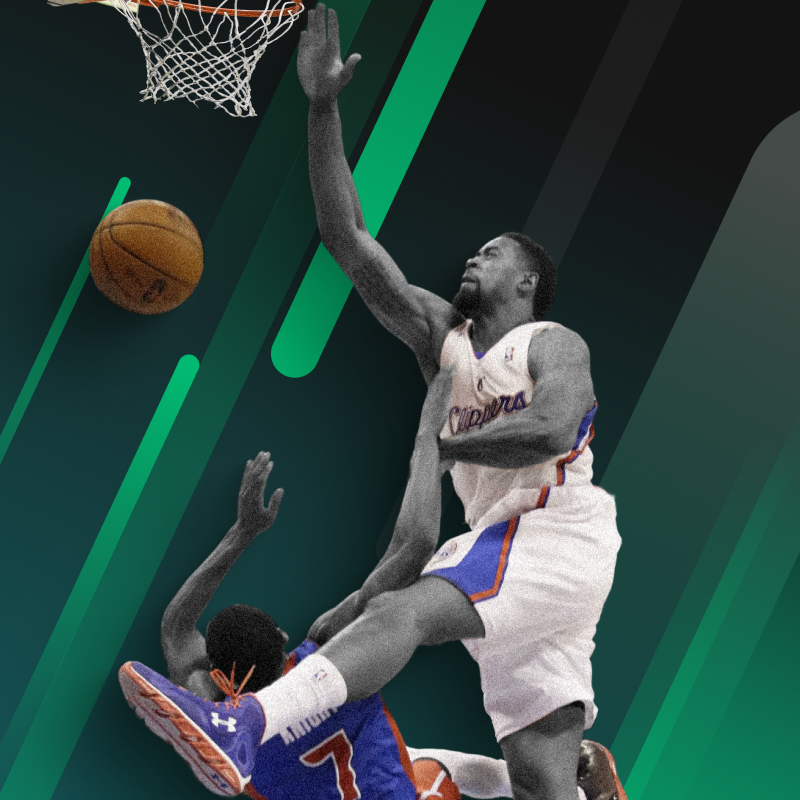
Alley-oops became common as time went by, and the big men had to adapt of being able to catch lobs later on. While this is still a common trend among many big men in the league even now, multiple notable big men emerged as they specialized in throwing down lobs and even the pick-and-roll play in the NBA. The likes of DeAndre Jordan, Andre Drummond, Steven Adams, and Clint Capela didn’t exactly specialize in generating post moves around the paint, but their coaches managed to come up with a “roller” role to allow them to thrive in the game. This made them a valuable rotation player even if they didn't generate much points.
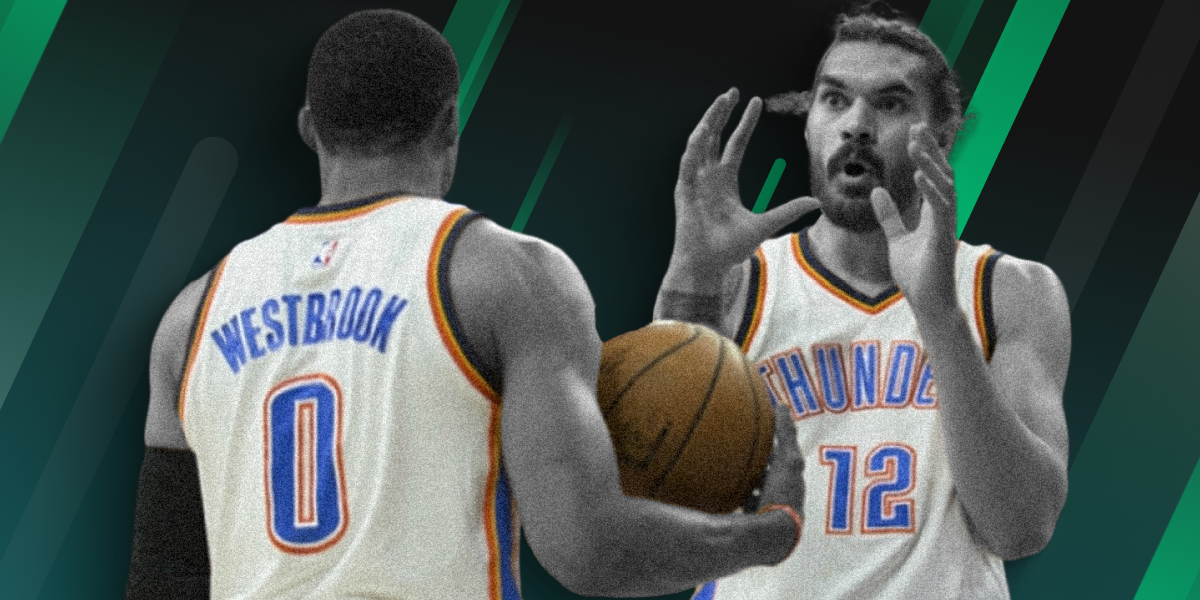
This resulted in easy layups, dunks, and floaters, but it also innovated the big man’s role of being able to catch a lob pass and dunk it off as well. The showtime big man, as I like to call it, proved that he can be a lob threat rather than just a paint attacker. This changed the dynamics and common positioning of the big man, as they can now wait around the wing or even do the PNR to cut to the paint, allowing them to find ways to score at a higher percentage.
When Giannis Antetokounmpo was able to focus on his game as soon as his family was brought with him to the United States, the young rising star soon transformed into one of the offensive juggernauts at the age of 22, who would then coin one of the biggest innovations in basketball. Dubbed as the point-forward, it was already a thing before the days of Antetokounmpo, as it was seen with Dirk Nowitzki back in the day, where he stretched to the three-point line despite being able to also hound the paint when he wanted to. That impressive jump shot fadeaway is forever immortalized with the way it paved the way for the point-forward.
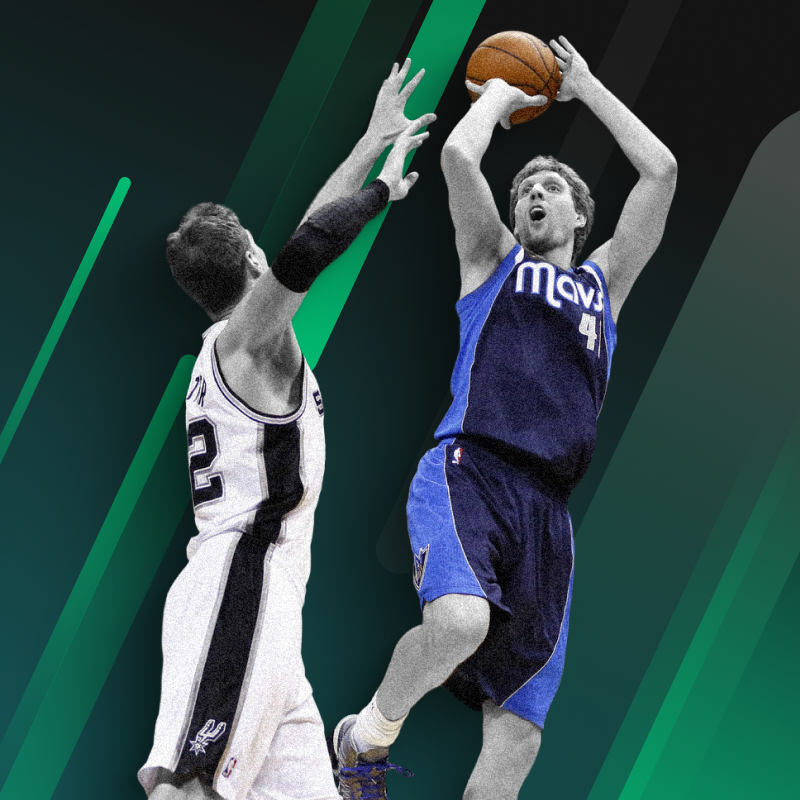
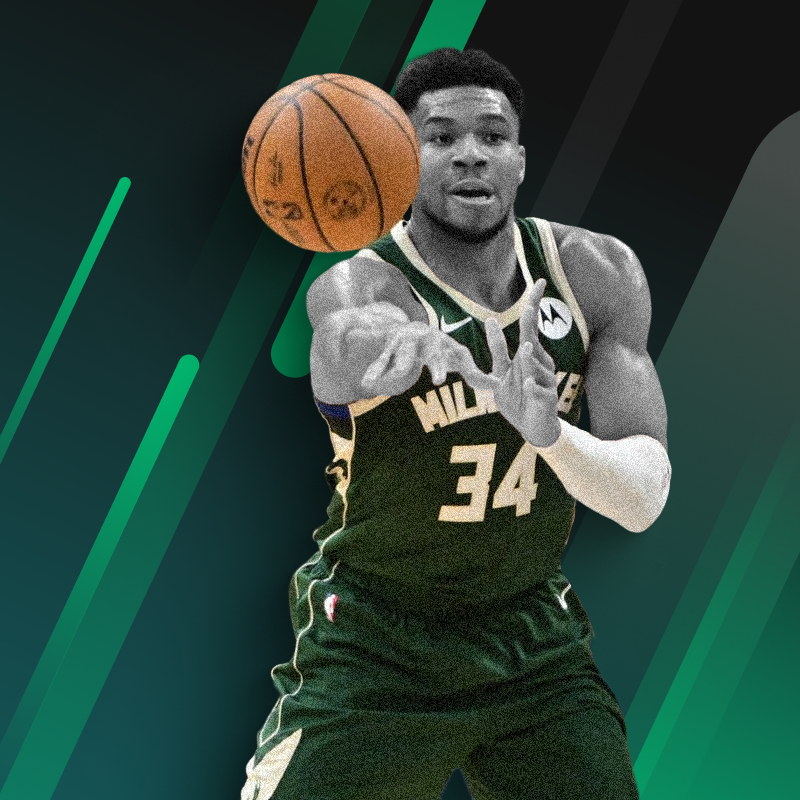
However, what Giannis changed about the point-forward was not the shooting, but rather the ability to distribute the ball while pushing the pace. Giannis’ size meant that he will be guarded by big men, allowing him to be more effective as a drive threat and a playmaker at the same time. and it also proved to be innovative that many teams adopted it and had point-forwards of their own, even though no true NBA center at the time managed to fully master the role. Giannis is one of the only few players who have really managed to master this impressive playmaking part for a big man.

With Stephen Curry innovating the use of the three-point line at unspeakable levels, it did seem to affect the whole basketball world. The Stephen Curry effect proved to be lethal to many big men, as it was uncommon for pure centers to be able to shoot the ball. It has driven the post game extinct to some levels, while also forcing centers – such as DeMarcus Cousins, Anthony Davis, Karl-Anthony Towns, and Joel Embiid to actually extend their game to shooting threes – at a consistent level. It was a game-changing twist as everyone started chucking up threes to a whole new groove from 2015 onwards.
It is also safe to say that Draymond Green and the Dubs’ era of the Golden State Warriors coined the “death lineup”, which forced the use of a smaller lineup and a big who is able to come up with a faster pace in their games while taking advantage of shooting from deep. The Warriors would go on to win three NBA titles in five trips to the NBA Finals thanks to that innovative use of the big man. This actually led to the creation of the big man-less Houston Rockets in 2019, which proved to be pivotal in how the traditional big man is said to be extinct at that time.
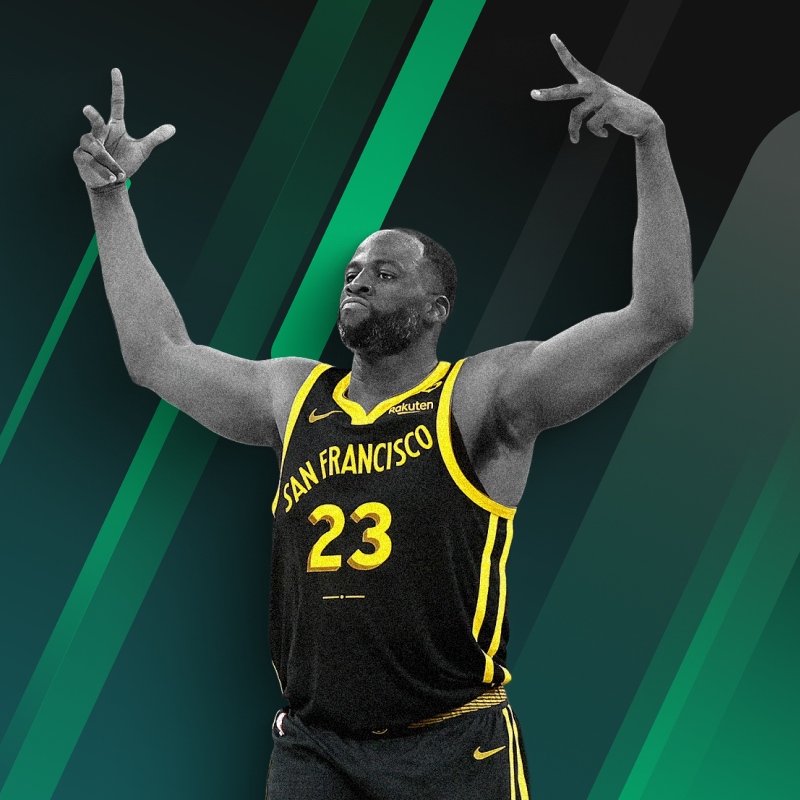
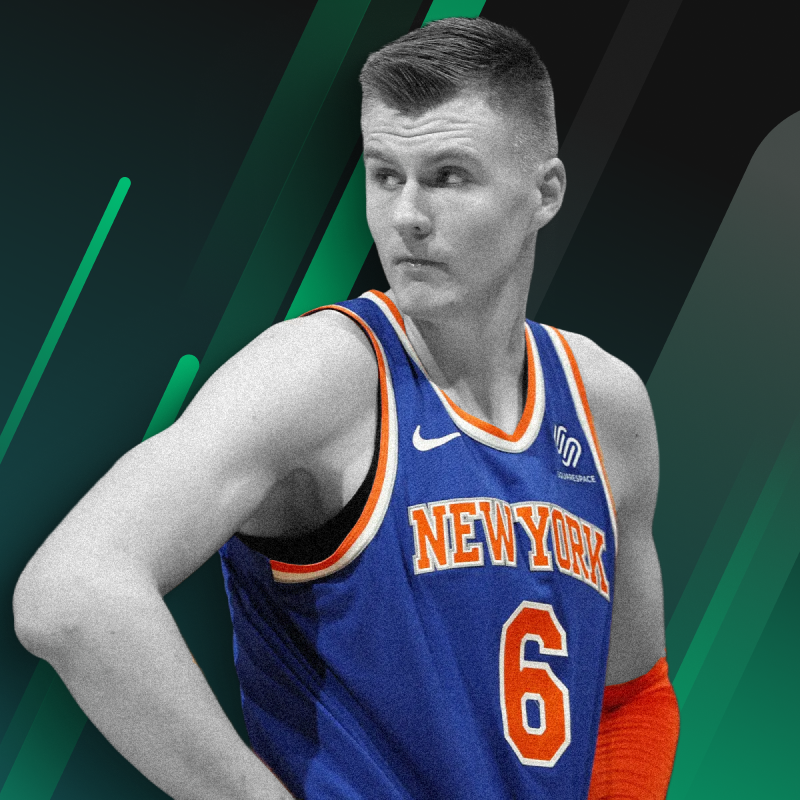
The prominence of Kristaps Porzingis also opened up the avenue for the rise of so-called “unicorns” in the NBA. Porzingis was a big man who was agile enough to be able to carry the ball at his own pace, and lengthy enough to actually be considered a center. His ability to stretch the floor – much like Nowitzki, and to drive for dunks and do post moves like traditional bigs has changed the scene for the NBA’s big man as it led to the innovation and growth of the modern NBA archetype.
While the big men have still managed to thrive over the years, it seems that the big man has been redefined once more in the 2023-24 season. Insert Chet Holmgren and Victor Wembanyama, two young rising stars in the NBA who are over 7-foot tall to be considered a legitimate center, but also skinny enough to be faster and athletic. What changed the game for these two is that they have what it takes to shoot from three – effectively stretching the floor.
On top of that, this season has shown that they both possess talent to actually handle the ball well and even be playmakers themselves. To make it even scarier, they also had what it takes to play in the post.
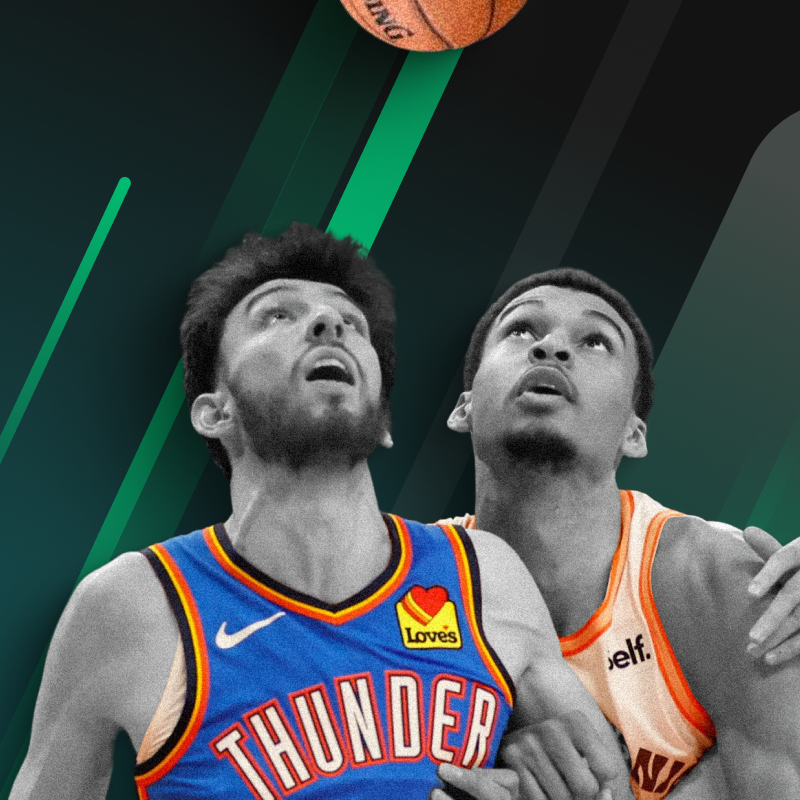
To summarize, they were hybrids of all the big man archetypes in the NBA over the years, and it seems that they are here to change things in the league once more. From providing offensive versatility for their respective teams all the way to providing defensive barriers that will remain unchallenged for a long time.
Believe it or not, the NBA big man is expected to evolve for years to come. The rise of Holmgren and Wembanyama is just the start. There are already a lot of prospects out there who have almost the same skill set and body frame, which should definitely set the new standard for NBA big men moving forward, and that is something that will change the game to a whole new level again.
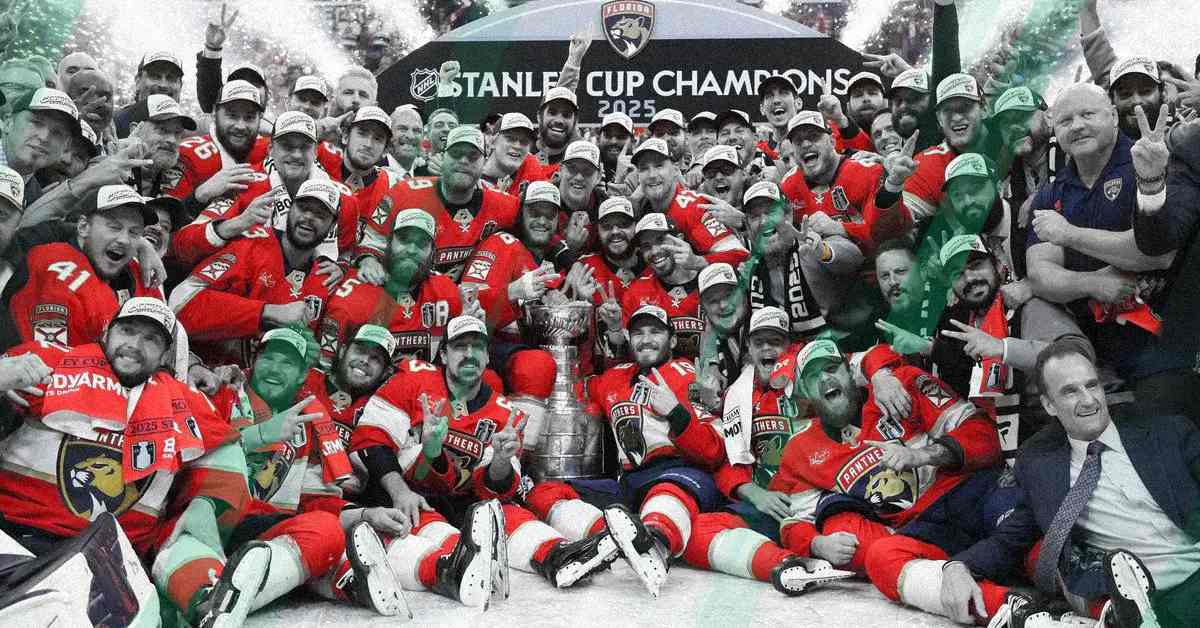
August 12th, 2025
Can the Florida Panthers Pull Off a Stanley Cup Three-Peat in 2025?
August 12th, 2025
Wrexham's Championship Odds for 2025 – Can They Secure Promotion?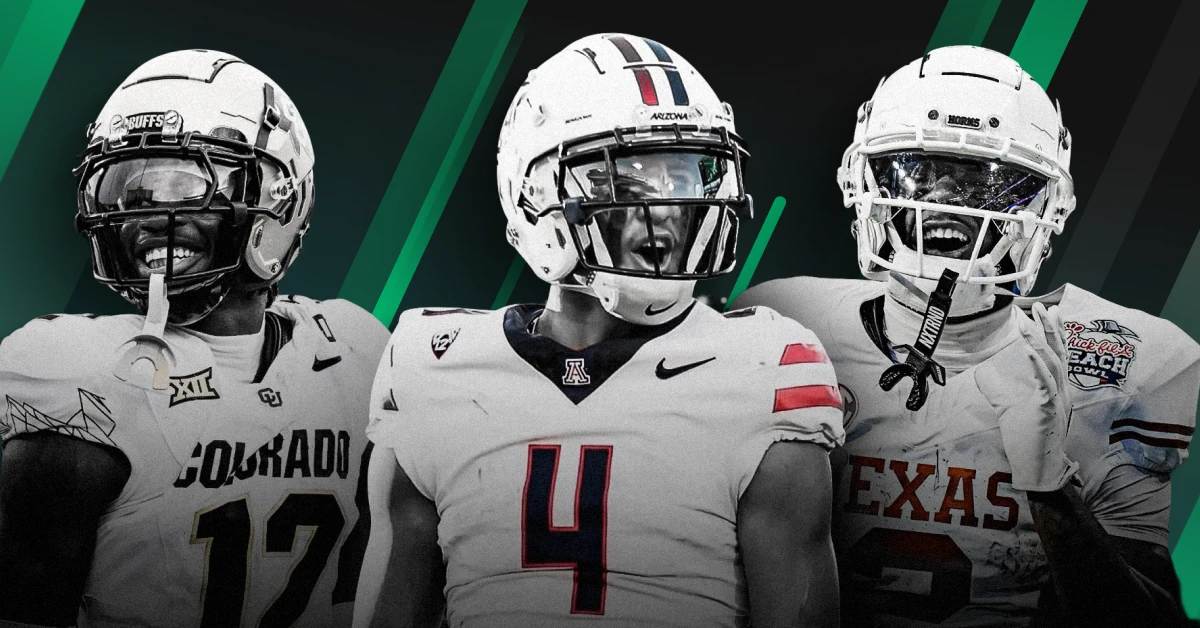
August 10th, 2025
Best Wide Receivers to Watch in the 2025 NFL Season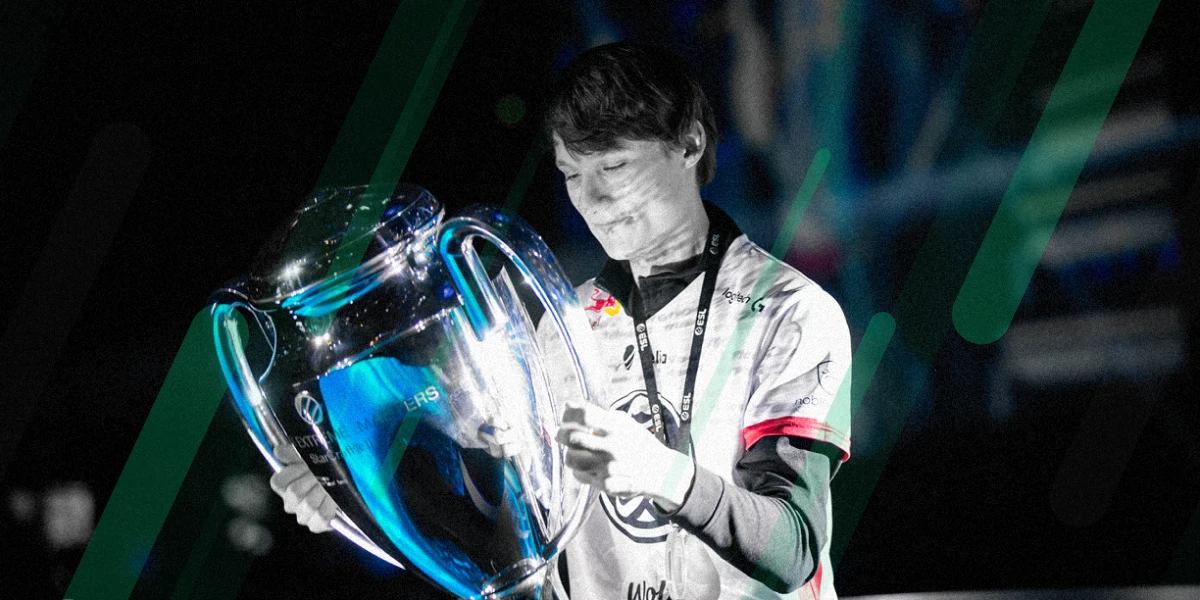
August 6th, 2025
Serral Net Worth 2025: How StarCraft's Champion Built His Empire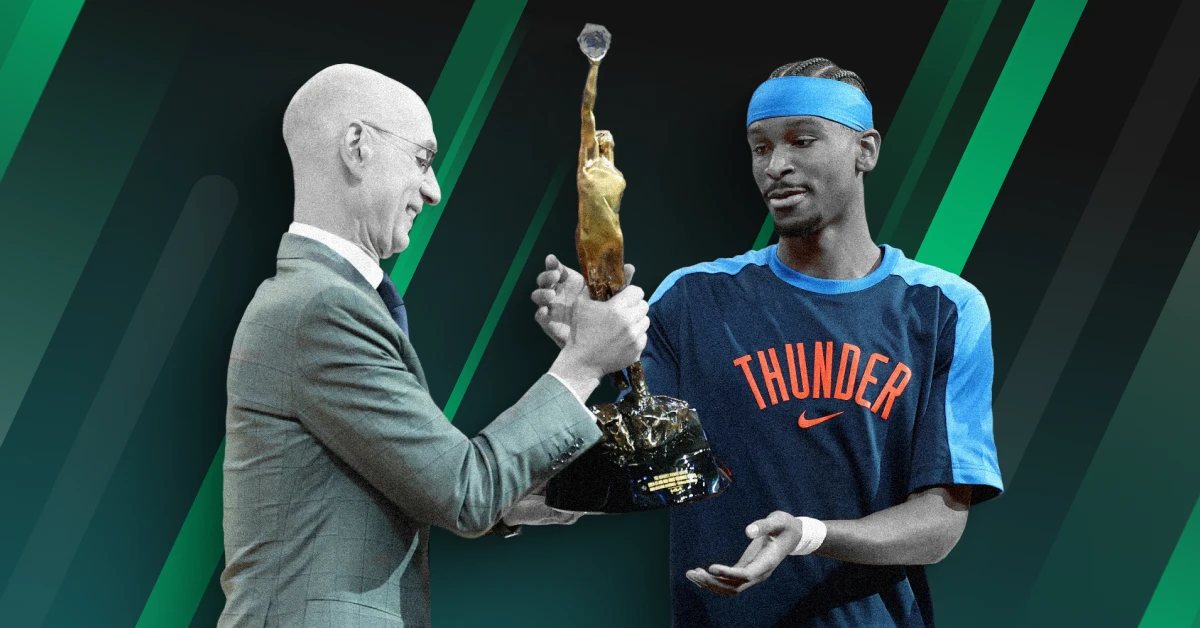
August 4th, 2025
NBA 2025–26 Season Awards – Who Will Take Home the Honors?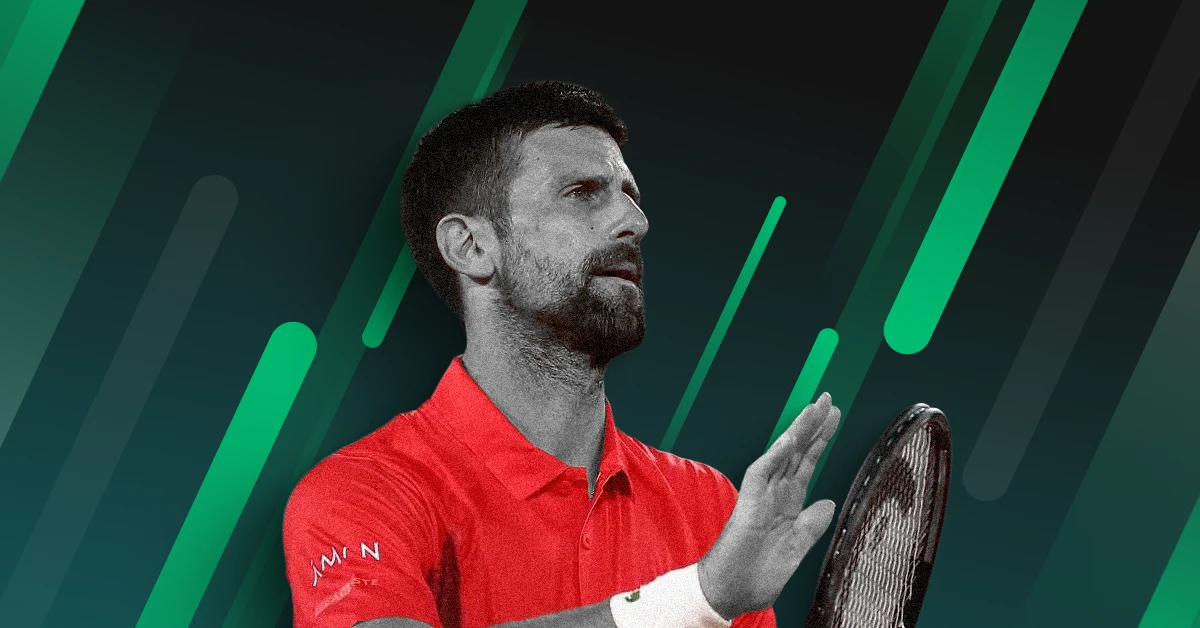
July 31st, 2025
Novak Djokovic Clears the Air on Retirement Rumors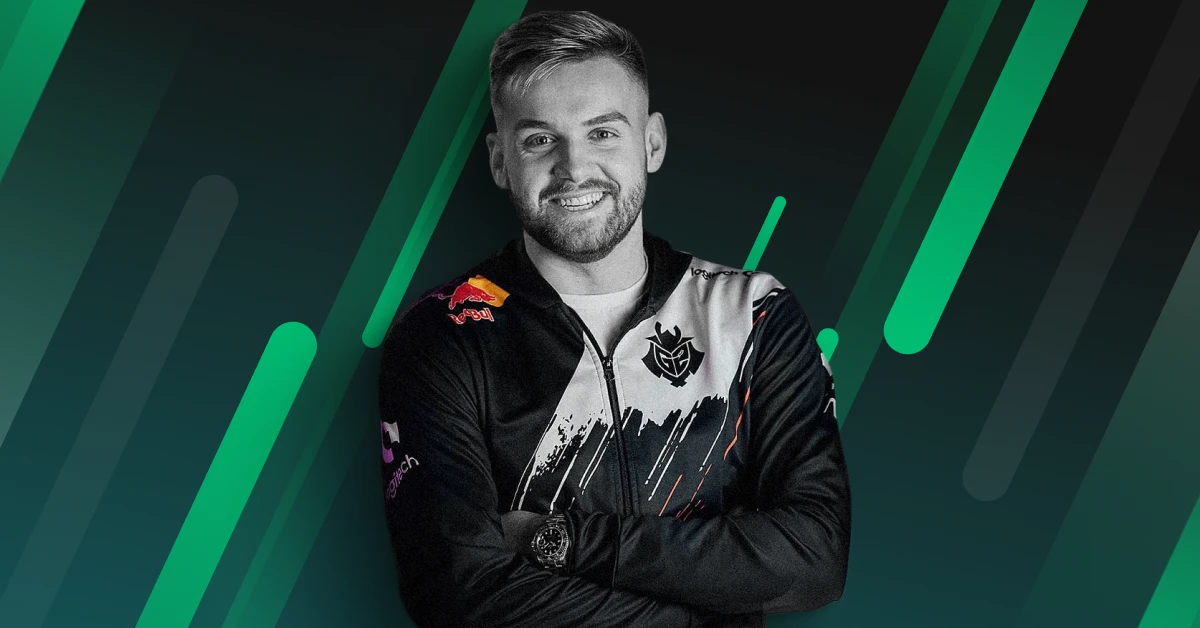
July 29th, 2025
NiKo's Net Worth in 2025 – How the CS:GO Star Built His Esports Fortune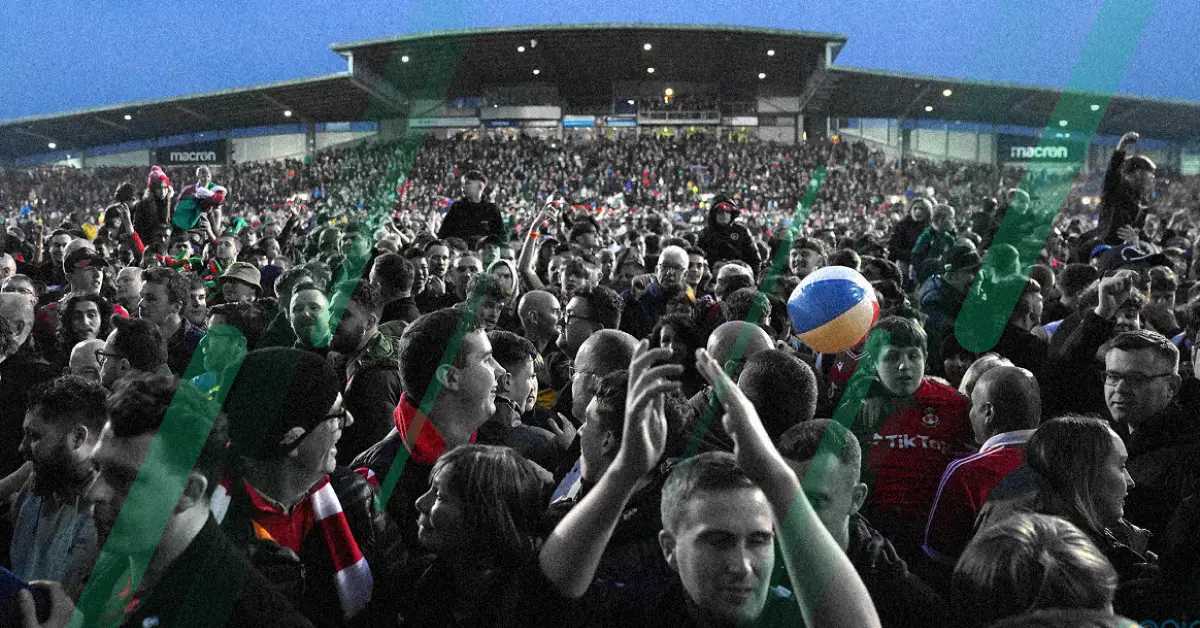
July 29th, 2025
Wrexham's Epic Rise: Can They Reach the EPL in 2025?
July 23rd, 2025
Tempest Rising Review – A Nostalgic RTS Comeback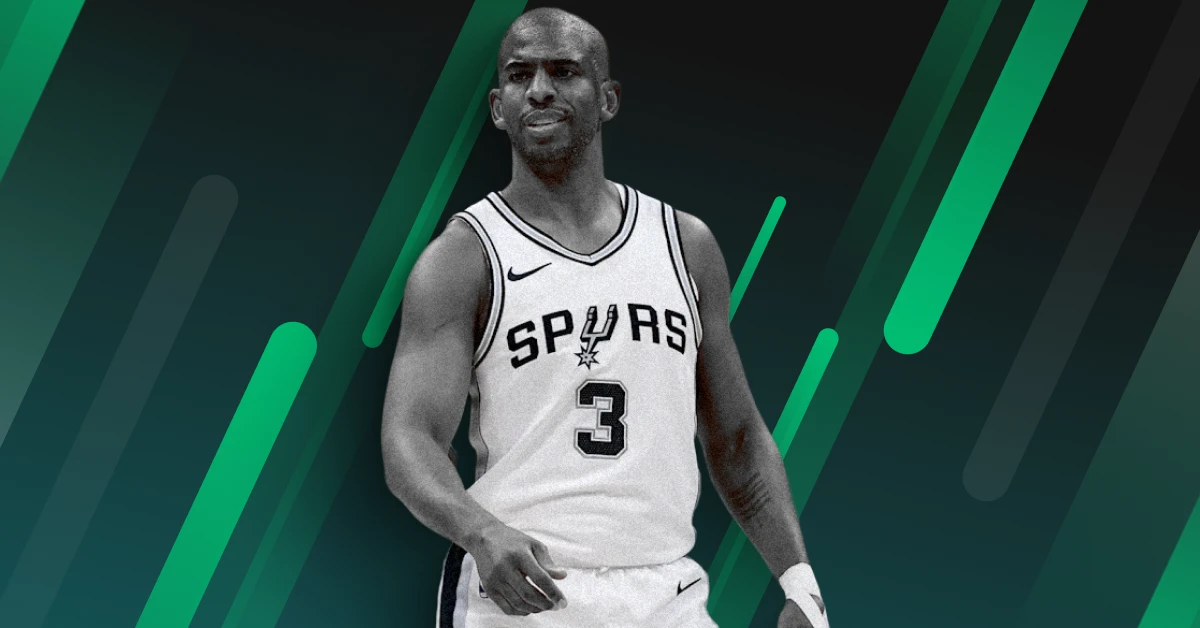
July 22nd, 2025
Chris Paul's Last Dance: A Career Defined by Brilliance and GritAre you sure?
This will delete all chat history, and I will not remember what we were talking about.
✔
Todays Hot Deals